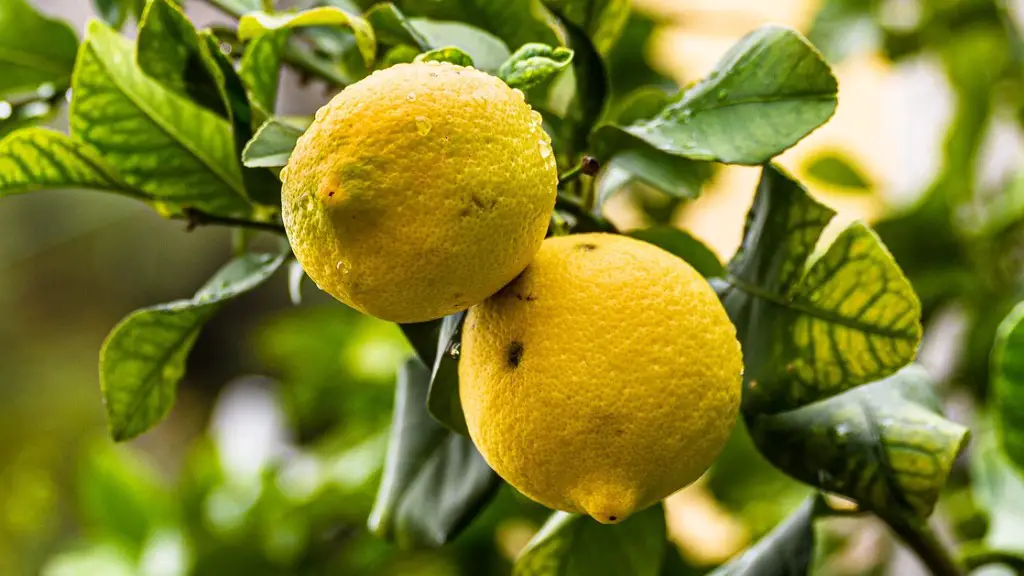Can you grow an avocado tree in the northeastern states of America? Many people love the flavor of avocado, and it can be quite expensive to buy in the grocery store. The idea of growing your own tree right in your backyard may be very attractive to some people living in the northeast. But can it actually be done?
Avocados are native to tropical and subtropical Central and South America, so they don’t traditionally grow in the cooler climate of the northeast. However, recent advances in science and horticulture have made it possible to cultivate an avocado tree even in these regions. Horticulture experts tell us that careful selection of the appropriate variety, along with diligent care, can help you grow an avocado tree in the northeast.
The Mexican variety of the avocado tree is the most suitable for the cooler climates of the northeast. These particular trees are usually smaller and more disease-resistant than other varieties, and because of this, have a greater chance of surviving the colder months of winter. Most other types of avocado trees require more heat, and therefore, may not stand up to the more extreme temperatures of the northeast.
To ensure success, careful preparation of the soil is essential. Get rid of weeds, stones, and clumps of dirt, and then add compost, fertilizer and mulch. You should aim to create a rich, well-drained soil mixture. Plant the avocado in the spring or fall. Winter frosts can damage the tree, so it’s best to choose a spot in your backyard that will provide some protection. You might also want to invest in a plant cover to cover your tree in the coldest months.
When planting, it’s important to remember that avocado trees do not thrive in windy, coastal areas. Stay away from the salty sea breezes, which can be incredibly damaging to the tree. Ideally, look for a sheltered spot.
After planting, plenty of water, sunshine, and regular fertilizer will all help your tree to thrive. Avocado trees can also benefit from occasional pruning to keep them from becoming too large. The Mexican variety of the avocado tree in particular is fairly self-sufficient in these areas, but it can also be beneficial to provide additional protection. For instance, a windbreak or protection from an adjacent building could help during winter frosts.
In conclusion, when enough attention is paid to the right variety, soil preparation and location, it is possible to successfully grow an avocado tree in the northeast! With careful planning and diligent care, you can enjoy homegrown avocados in your backyard.
Maintenance and Pruning
Growing an avocado tree in the northeast requires regular maintenance to ensure that it continues to thrive. Pruning is a critical part of this maintenance, as it can help to shape the tree and direct its growth. Pruning should begin when the tree is young, and continue in the following way;
First, remove any dead, diseased, or crossed branches. Trim off any overly long or weak branches. It is also a good idea to open up the interior of the tree, which allows for more light and air to get in, and helps with overall plant health. Finally, thin out the canopy, taking off any branches that rub against each other – this allows the remaining branches to grow freely.
Fertilizing Your Avocado Tree
Fertilizing your avocado tree is an important part of upkeep that is typically recommended about every three months during the growing season, which is usually from spring to autumn. To give your tree the most benefit from fertilizing, it is best to use a good quality fertilizer that is specifically designed for avocados. Don’t forget to give an extra boost of fertilizer to the base of the tree at the start of the growing season, generally in the spring.
Harvesting Your Avocados
Your avocado tree should start producing fruit within its third or fourth year of growth. As your tree grows, it is a good idea to check the avocados regularly. You will know when your avocado is ready to be picked if it feels soft when squeezed. Be sure to wait until the avocado is ripe, as unripe fruit will not ripen once it is picked. The best way to harvest avocados is to turn the fruit, rather than pull it off the tree.
Pest Control
Like many other plants, avocado trees are prone to attracting pests and diseases. Some of the most common pests that might attack your tree include mites, aphids, and mealybugs. To protect your tree from disease, practice proper maintenance and inspect it regularly for signs of pests. If you notice any, contact a certified expert for advice on how to best manage and control the problem.


